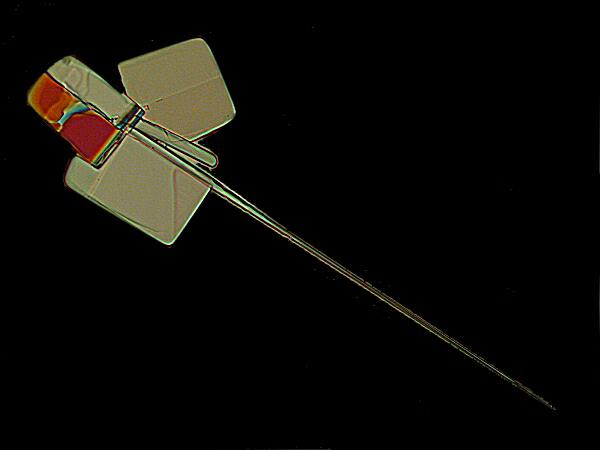
|
A Crystalline Herbal and Bestiary: A Journey To An Alien World Part II by Richard L. Howey, Wyoming, USA |
Visit the Micscape Library to read other parts in the series.
The Zoological Gardens
Consul Zettel arrived mid-morning and we set off to encounter the animal side of the planet. Remarkably everything in the city seemed within walking distance which was truly astonishing since it had a population of over 10 million Bromonians. I asked Zettel about this. He explained that by means of an elaborate interface between highly sophisticated satellites and computers that they had been able to create hyperspace warps which like mini-wormholes allowed for some very convenient ways of getting from place to place. All of this was completely beyond me, but I nodded knowingly as if I was absorbing every word.
“I promised I would point out some of our other satellites. The one you saw last evening is the satellite devoted to monitoring and collecting radio and television transmissions for other planets. Here look through this.” He had produced–from God knows where–a small hand-held telescope of incredible magnification. On the side was a miniature number pad and he gave me instructions for entering coordinates. All one had to do was enter the proper numbers, point the telescope at the sky and look through it and the desired object would appear crystal clear, so to speak, and it didn’t matter whether it was night or day! I wanted one of these telescopes! I was more and more amazed at the sophistication of Bromonian technologies. The first object was a security satellite and looked rather like a deadly sword with a very strange grip.

It was indeed deadly. Zettel explained to me that in a fraction of a nanosecond, it could aim the tip of the “sword” in any direction and emit a pulse that would destroy a planet tens of light years away. The implicit message was very clear: Stay on the good side of the Bromonians! Fortunately, their fundamental credo centered around tolerance and non-aggression.
“We have other satellites that are rather unusual in that they are really relatively large computers with highly specialized functions.” He gave me a new set of coordinates.
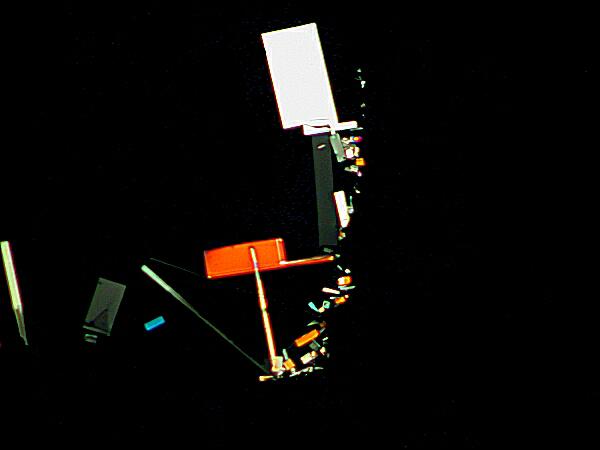
“This one, Psychascl, monitors the physical and mental health of every Bromonian. When we first brought this online, a little over 87 million years ago, there were protests from some who had profound concerns that such a powerful tool could be horribly misused, as indeed it could, but I am proud to report that that has never once happened.”
He provided me with yet another set of coordinates.
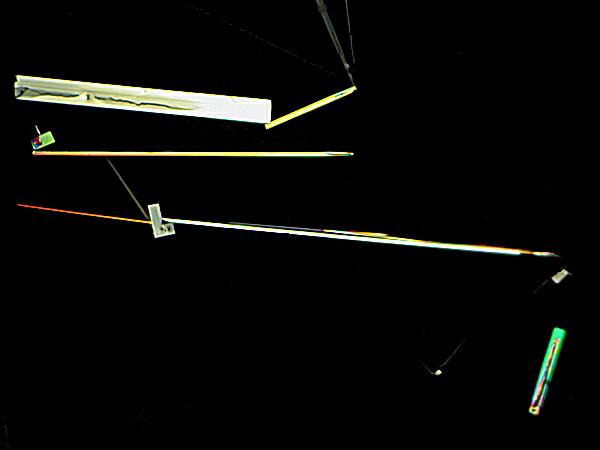
“I suspect you will find this very strange. This computer satellite monitors the economic parameters of Bromonia. Interestingly, one of your ancient Greek philosophers named Artichoke, no Aristocrat, no, no, Aristotle, that’s it–I’m sorry some of your languages are really quite complex–yes, Aristotle said that the basic rational economic principle for a stable society consisted of no one having too little or too much. That is part of what this satellite, Clamel, does, is maintain that kind of balance. In addition, where it discovers real need, it immediately makes funds available, whether it be to individuals, universities, research institutes or hospitals. For example, if Clamel discovers an individual who has undergone great personal misfortune, then adequate funds and psychological counseling are immediately offered. If a new disease appears, money is automatically transferred to the research institutes and hospitals best suited to deal with the issues. Everyone earns enough to have discretionary income because all health costs, education and basic services, such as, water, electricity, and communications are provided up to a generous and reasonable limit. If an individual is foolish enough to want an unnecessarily lavish home, he or she is free to spend the discretionary monies for such trivial things. However, in our society, such self-indulgence is seen as having a negative social status and such individuals are frequently the objects of ridicule. Fortunately, relatively few of our citizens are so stupid. Our system encourages inquiry rather than acquisition. Let me give you an example. Suppose that someone has a passion for playing the piano and another is possessed by microscopy, but neither of them has quite enough discretionary income in the short term to afford a fine instrument. They can make application to our Creative Economic Council. Computers analyze great quantities of data regarding the applicants which is then condensed and summarized for the Council. If the applicants have not only intense interest, but talent and the ability to communicate their passion to others through their work, then the strong likelihood is that they will receive supplemental grants so that one can buy a fine Bromonian piano (which I am sorry to tell you is far better than your Steinways) and the other can buy an excellent microscope which is far beyond what your technologies have achieved. But, forgive me, that was rude. We have been at all of this so much longer than your people have and I digress. These passionate amateurs are often far more interesting from my point of view than the stolid professionals.
We want a culture that is richly coherent; full of different forms of expression that are constantly challenging us to grow and discover new and exciting dimensions of existence without succumbing to the negativity and violence that has destroyed so many worlds. Forgive me, I do tend to go on a bit long-windedly.”
“Not at all, Dr. Zettel, I am learning an enormous amount and am most grateful to you and your people for allowing me to visit Bromonia.”
“Thank you. Permit me then to show you one more of our computer satellites which may be of special interest to you given certain problems your people are now facing on Earth. We are very proud of this innovation and proud, in an extremely practical way, since our very survival depends upon it. It is a highly sophisticated regulating satellite. For example, it can detect a dangerous hurricane and use its energy beams to dissipate it; it regulates temperature and wind currents to avoid drought and flooding; in short, it gives a virtually ideal climate. This technology would be able to greatly diminish the catastrophic effects of climate change which your planet now confronts—if there is still enough time. We would be happy to share this technology with you, but there are conditions. We are extremely concerned about your violent history and your present circumstances. Furthermore, there is every indication that this violence will extend into the future. Unfortunately, the energy beams of this technology can be adapted to extremely destructive ends. We have created artificial beings called Bracks; they are totally analytical and utterly without compassion.”
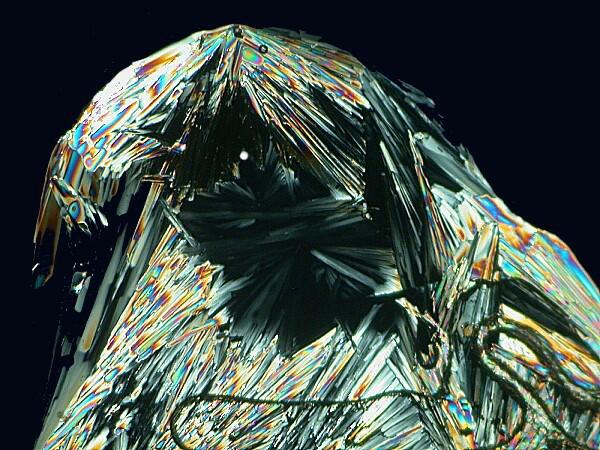
“If we agree to share our technology with you, you would have to allow Bracks onto your Earth as monitors. This would mean that your wars would have to cease and then you would be granted a period of one hundred years to establish economic and social equity for the people of your planet and we will provide you with enormous resources to help you try to accomplish this. However, understand this and make no mistake about it; the Bracks are utterly indifferent to you as life forms. If you have one single incident of war, they will destroy Earth. I realize this sounds melodramatic and there is a second condition. We would have to be permitted to deploy a series of frighteningly efficient energy pulse weapons–several hundred of them–above your planet. Here are the coordinates to give you a glimpse of 4 such instruments.”
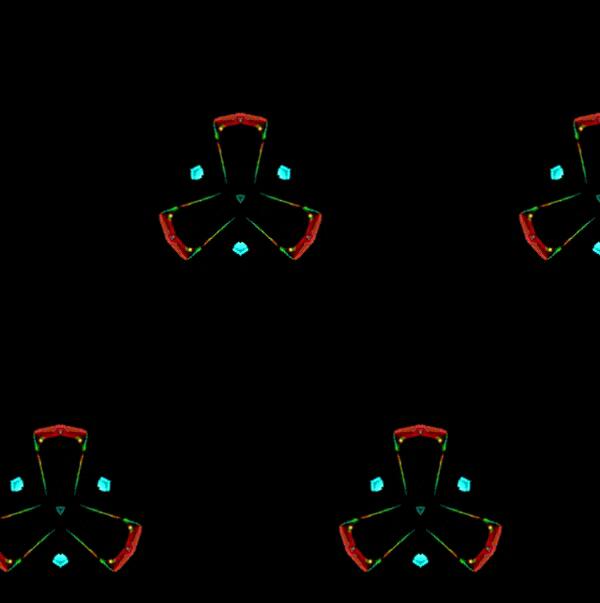
“Any single Brack can activate the array if there is a violation of the agreement; also there would be an annual report of your progress regarding social and economic progress made to the Supreme Council. If for 2 or more years in a row, the Council felt that progress was inadequate, then the Bracks would be instructed to activate the array and incinerate Earth. I regard you as a kind of scientific ambassador and I trust you can convey the seriousness of my message to your fellow human beings. However, that is all for future consideration after you return to Earth. In the meantime, let’s not dwell on the future, but rather experience some of the zoological marvels we have here. When I use the term ’zoological’ from your language, that is not strictly accurate, since some of these creatures are so alien in both their morphology, their constitution, and their physiology, that even we don’t know what to make of them. To tell the truth, there are a few species we would gladly send back if we knew where they came from. Trading ships come through here constantly and sometimes simply drop on our doorstep, as it were, unwanted or uncontrollable alien beings. For all we know, some of them could be highly intelligent and their hostile behavior may simply be an expression of deep resentment and having been kidnapped and abandoned.”
After that lengthy disquisition, Zettel was quiet for some time as we proceeded along the walkways of the Zoological Gardens. I too was silent, for he had certainly given me great deal to ruminate on.
Our first destination was a gigantic, transparent cylinder with a clear plexiglass-like spiral staircase coiling around the outside. Somehow it reminded me of an everted Guggenheim museum. I quickly realized that this remarkable edifice was an aquarium which I found highly exciting, since so much of my own research was devoted to aquatic invertebrates. I wondered if such a distinction as invertebrate/vertebrate even applied to these creatures. All of our human categories for classifying life forms on Earth suddenly seemed largely meaningless here. The aquarium was ingeniously designed so that light beams illuminated the organism against the black backdrop of the liquid in which they lived and moved.
The first encounter was with what appeared to me to resemble a gigantic water flea, rather like Daphnia. However, its movements were very different–rapid and gliding–so, I was only able to get a picture of its head.
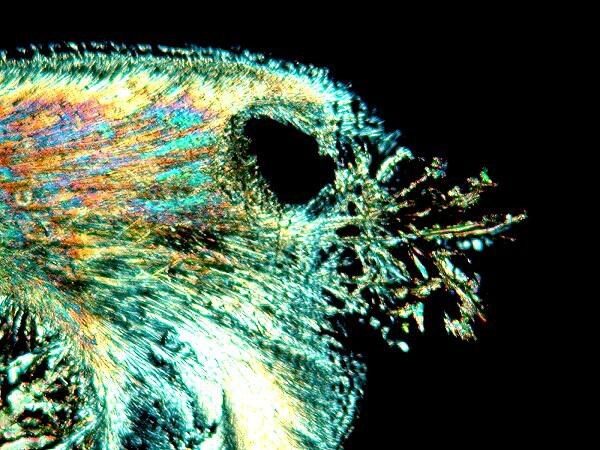
Zettel told me that it was called a Kanaska and was native to the lakes of Bromonia. The one we had just glimpsed, he said, was the largest ever recorded and weighed 125 pounds! That’s a devilishly large water flea by any standards.
I walked further up the ramp while Zettel effortlessly glided along beside me. The next creature we saw was quite similar in appearance to our sting rays.
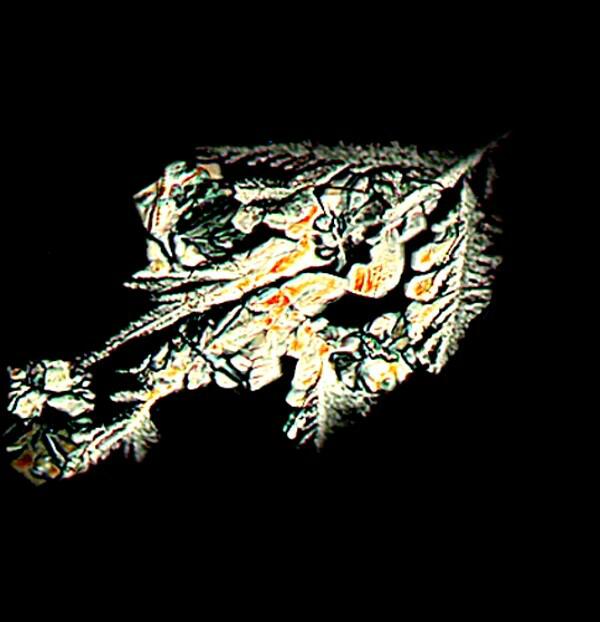
Its movements were fascinating; it would spiral like a corkscrew and then perform a gliding dive. It came up and paused directly in front of me and I swear it winked. Zettel laughed and said, “Ah, yes, our Klant is a flirt and an exhibitionist. She loves attention and the longer we stay here the more flamboyant she will become.”
We stood there for several minutes watching an intricate underwater ballet. It was truly lovely. In addition to her motion, there was, as well, the intriguing character of her body; the outer envelope was quite transparent and all of the internal organs could be seen distinctly.
We proceeded further up the ramp. Suddenly there was a yellowish-orange glow and I stopped in my tracks for, on the other side of the plexiglass, was the front end of an absolutely enormous creature and I now understood why this aquarium was so large. It had to be over 300 feet long! I started to back away, but Zettel assured me that this creature–an Anrangsol–was quite docile. Otherwise, he explained, this aquarium could not contain it, for it was immensely powerful. The anterior end looked rather like the prow of a ship.
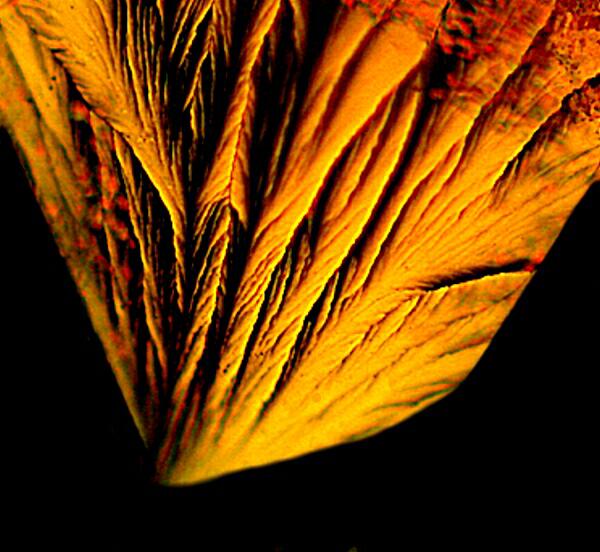
From time to time, the dark furrow running down the center would open slightly. I asked Zettel if this had to do with its breathing.
“Ah, no. The Solangan doesn’t breathe in an ordinary way. It takes in gases through its skin. This action involves something quite different. See those small back clips on the ledge there? Attach them to your ears.”
Once again, I was astounded by Bromonian technology. This was not listening; this was having sound inside one’s head radiating outward to the ears. I heard music so incredibly sweet that I was brought to tears.
“What a strange and perplexing universe we live in, “Zettel remarked. ‘What you are listening to are the digestive noises of the Solangan. Here we have something which is a basic physiological function for this organism and yet we find it to be a transporting experience. Such things are both wonderful and amusing. You should hear a performance when it has indigestion!”
I laughed and wondered if the songs of the humpback whales on Earth were simply experiences of gastric distress but, of course, I knew that they were not.
As we proceeded, we came to our last stop on the upward side of the spiral before beginning our descent on the other side. Here at the top, the aquarium was open and we could see clumps of circular pads, each pad being 5 or 6 feet in diameter, floating across the surface. They had a muted bluish-gray color with tinges of green, black, and yellow.
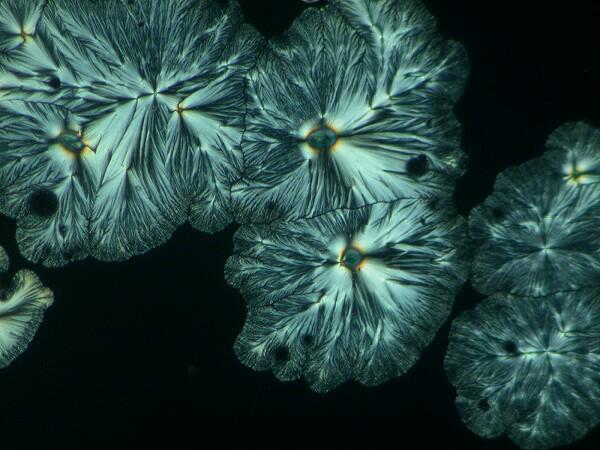
“This is Malach, Zettel informed me. “It is an algal form which is remarkably similar in several respects to your marine alga Acetabularia. Unlike it, however, Malach has no stalk, but each pad is a single cell just like your Earth form. Its metabolism is extraordinary and each pad produces a compound which is very rare on Bromonia, silicon dioxide–sand. You see, in many respects, our worlds are startlingly different. You have vast quantities of sand which we need in order to advance our technologies; whereas we are dependent upon these algae for our rather meager supply. If in the end, we come to an agreement to share our technologies with your planet, you can be sure that there will be many mutual benefits, including economic ones for you since we would buy great quantities of your sand.”
Now it was my turn to chuckle. “It’s mildly ironic that your culture’s extraordinary technological achievements depend upon something which is so common on our world as to be regarded as nearly worthless.”
“Yes. There are other planets with great quantities, but you are the closest and you have the very nice, high quality white sand that your tourists like so much. You might have to sacrifice a few resorts, but if you don’t solve your global climate shift problems, you’ll lose those resorts anyway. Come, let us start down the other side. There are two kinds of creatures which I think you will find especially interesting.”
As we went downward, I thought about how much depended on this visit to Bromonia. Zettel had paused and I looked into the aquarium. It was a whirl of foam completely obscuring whatever was producing it; then abruptly it stopped and here is what emerged.
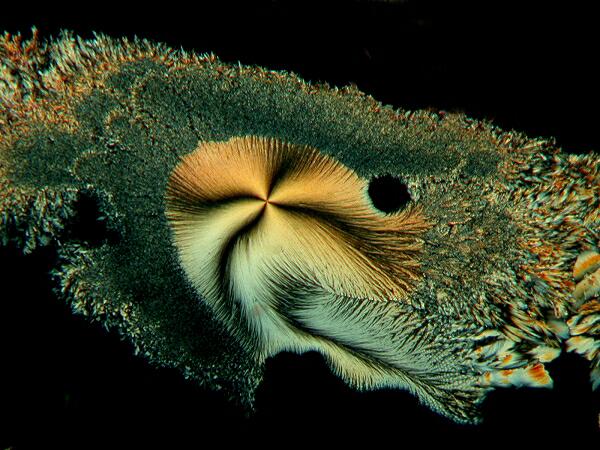
The single jet-black eye had the same “dead” quality of those of sharks and there was something ominous about the “set” of the jaw. The central “wheel” Zettel explained to me, was what had created all the foam. It rotated so rapidly that it created a small whirlpool which brought prey into its sizeable jaws.
The Consul turned to me and said, “This Egelasc–that is its genus–can devour twice its body weight in one of your Earth days.” I shuddered. I never liked sharks much to begin with. I found them highly interesting, but ultimately frightening and repellent. I had dissected a number of different species with fascination, and perhaps a touch of perverse delight.
As we continued and approached the bottom of the ramp, we encountered an area which bore some resemblance to our coral reefs.
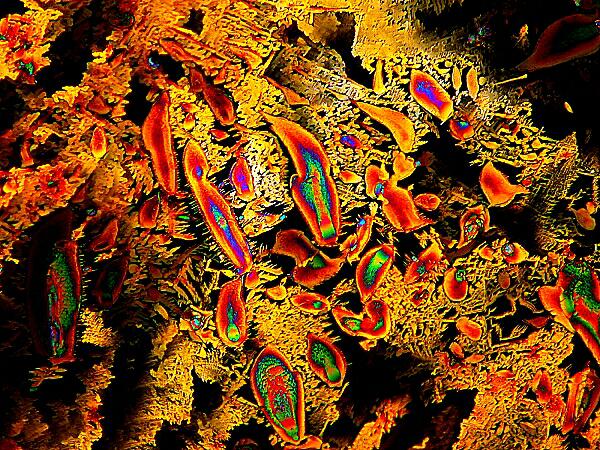
As you can see, it looks like a fine orange net with multi-colored tongues of flame emanating from it.
“That,” said Zettel “is Rangonbesol and is one of the most dangerous creatures in our oceans. It can grow very tall and spread over vast areas unless contained. Those flame-tongues, as you think of them, are highly extensile and they reach out and touch passing prey. The slightest contact is instantaneously lethal. Thus far in our oceans, we have found only two creatures that are immune to the Rangonbesol’s attacks which consist of a combination of deadly toxins and powerful electrical shock pulses. Fortunately, these two creatures are not only immune, but find the Rangonbesol a tasty meal. It is those two creatures which we employ to keep the Rangonbesol from taking over and destroying our oceans. Well, enough of the aquatic life for the time being. Let’s wander on to some other areas and give you a look at some terrestrial (actually Bromonial) beasts along with some from alien worlds.”
I began to walk again, but Zettel paused. “Ah, forgive me. I am being thoughtless regarding your needs. You must be getting hungry. I require nourishment only once every two days. There is a restaurant just ahead. We’ll find you a private room and you can order a very satisfying luncheon. We’ll continue our tour after your lunch. I’ll rejoin you in an hour.”
With that he left and I did indeed enjoy a fine lunch.
All comments to the author Richard Howey are welcomed.
Editor's note: Visit Richard Howey's new website at http://rhowey.googlepages.com/home where he plans to share aspects of his wide interests.
Microscopy UK Front
Page
Micscape
Magazine
Article
Library
Please report any Web problems or offer general comments to the Micscape Editor .
Micscape is the on-line monthly magazine of the Microscopy UK website at Microscopy-UK .